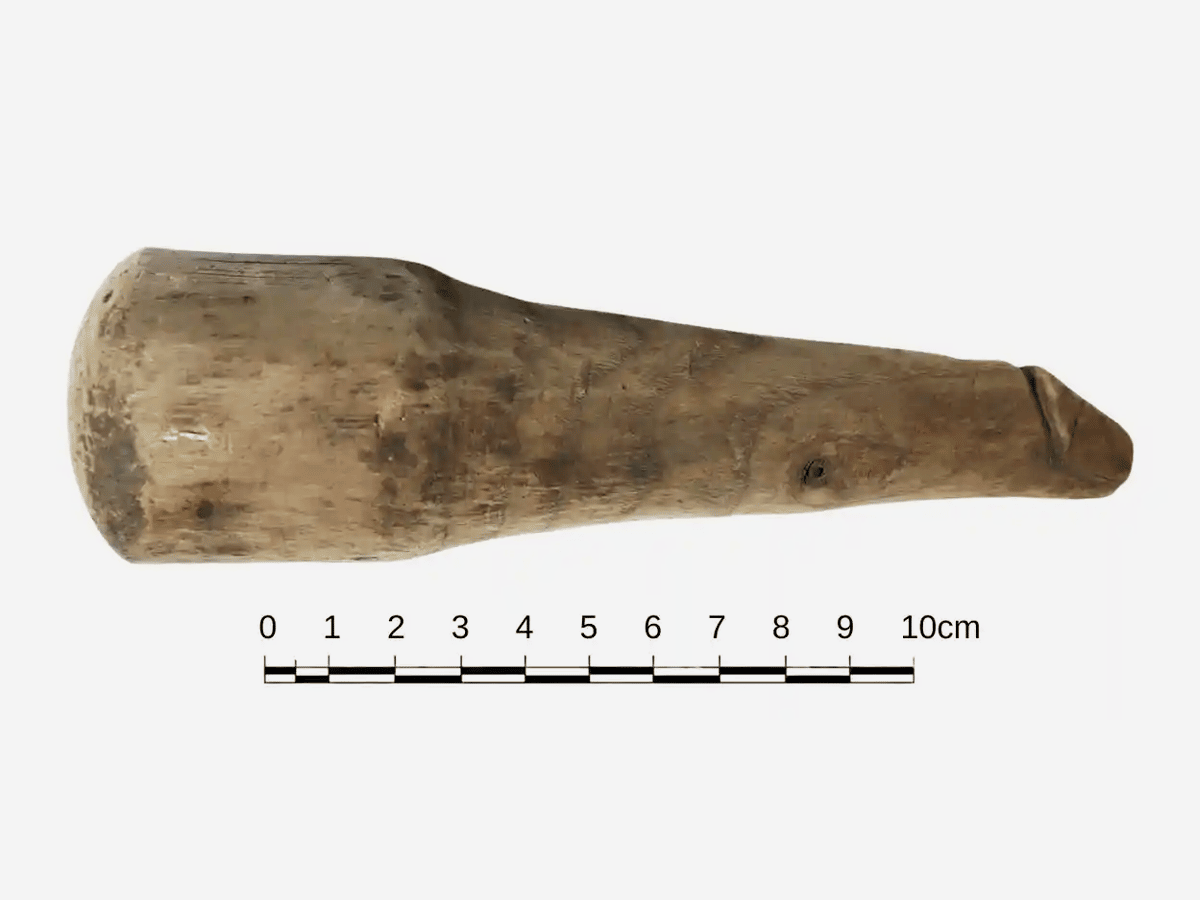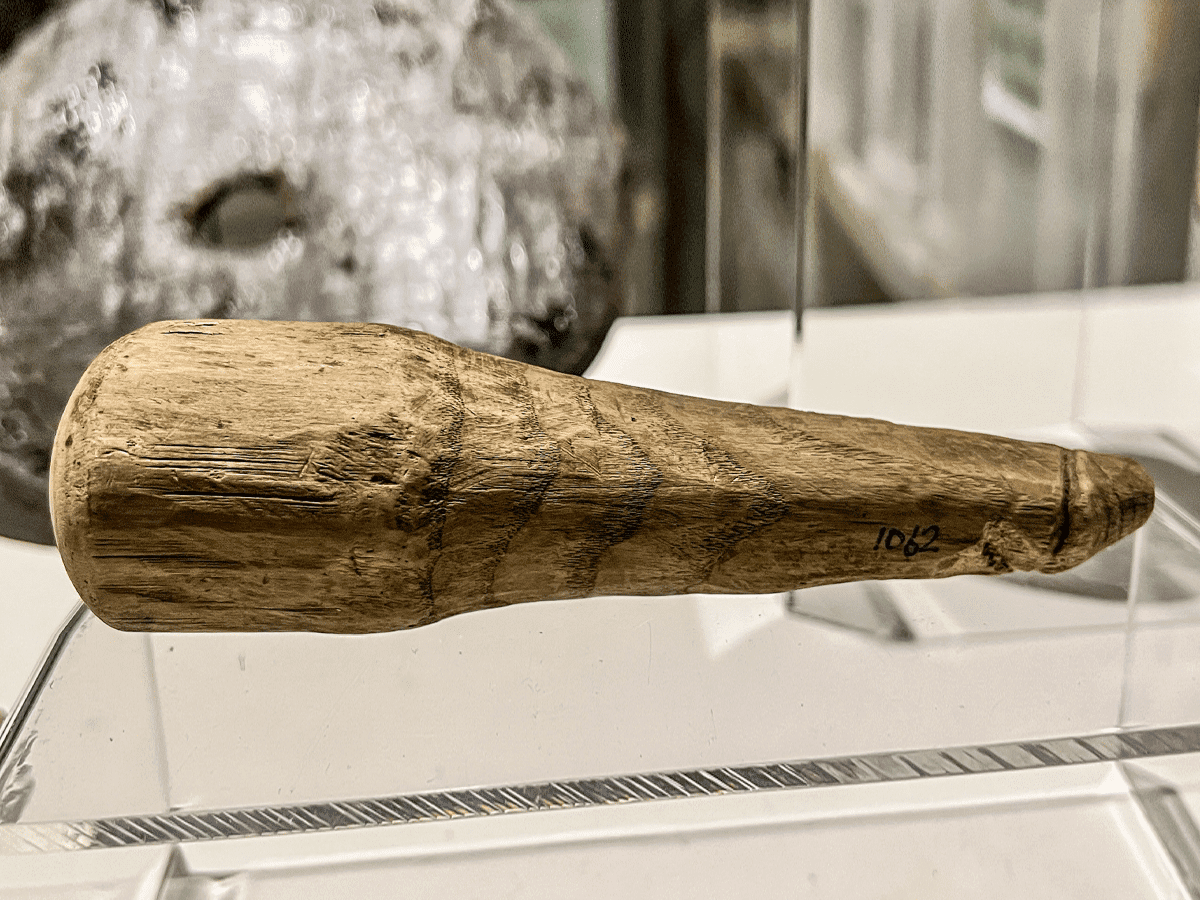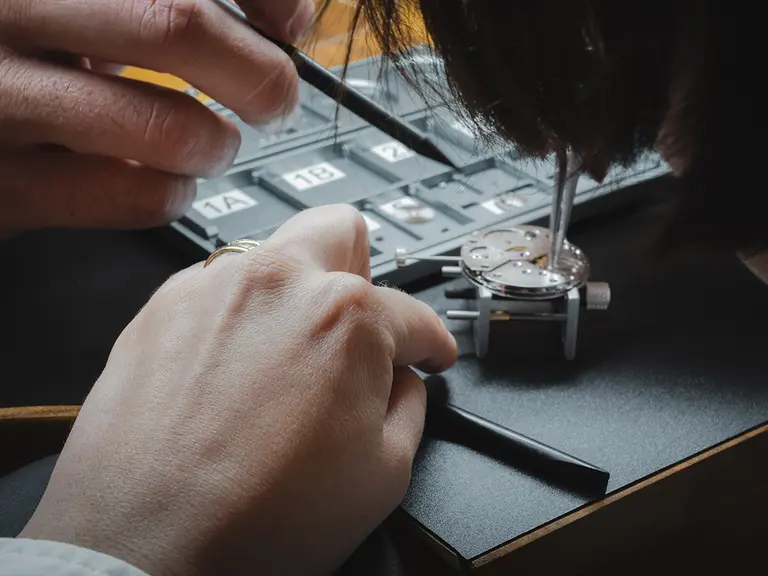
Published:
Readtime: 3 min
Every product is carefully selected by our editors and experts. If you buy from a link, we may earn a commission. Learn more. For more information on how we test products, click here.
Well, this is some serious news for you. Archaeologists have uncovered a wooden object near Hadrian’s Wall in the UK that they believe could be a 2,000-year-old Roman sex toy. This six-and-a-half-inch (16.51 cm) smooth wooden phallus (on par with the skyrocketing 24 per cent increase in average penis size) was first thought to be a darning (sewing technique) tool. Upon further investigation, the experts concluded it was more likely a dildo!
RELATED: Traffic Stopped After Truck Carrying Dildos and Lubricant Spills Its Load on Highway

It’s no surprise that we’ve uncovered ancient sex toys since phallic images have been a constant not just in Roman history to ward off bad luck but in pretty much every ancient civilisation. But despite this ancient passion for phallic-shaped objects, no full-size examples of sex toys have been discovered until now. For history lovers, this dick-shaped discovery will surely have blood rushing to their head, as it could be the first of its kind!
Upon its discovery in 1992, archaeologists who examined the phallus palmed off the artifact as a darning tool, considering the thousands of other wooden objects found at Vindolanda, a Roman fort south of Hadrian’s wall. But once re-examined, a new question arose: “what sort of object shaped like a phallus would have greater wear at both ends than in the middle?” Noticing both ends were noticeably smoother, indicating repeated use over time.

According to Dr Rob Collins, a senior lecturer in archaeology at Newcastle University, the simple answer is that “it looks like a dick”. Which begs a follow-up question: “why? For what reason?”
“Ancient Romans and Greeks used sexual implements – this object from Vindolanda could be an example of one”, said Dr Collins.
However, there’s an emphasis on the word could as archeologists have suggested the phallus could have been used for other purposes, such as a pestle for grinding food, medicine, or cosmetics, or slotted into a statue for good luck.
“The wooden phallus may well be currently unique in its survival from this time,” said Barbara Birley, curator of the Vindolanda Trust, where the artefact is now on exhibit. “But it is unlikely to have been the only one of its sort used at the site, along the frontier, or perhaps in Roman Britain. The size of the phallus and the fact it was carved from wood raises a number of questions,” declared Collins. “The case for its sexual use is clear to most observers at first sight.”
He added, “I don’t know who entered it into the catalogue. Maybe it was somebody uncomfortable with it or didn’t think the Romans would do such silly things.”
But hey, let’s not beat around the bush; we’d like to believe it was a sex toy. Who knew the Romans were so kinky, eh? “if it is a sexual implement, it’s nice to think that, you know, maybe there are people having fun up here on the frontier, and it’s not all dangerous barbarians or boredom while on patrol”, commented Dr Collins.
Just don’t go out carving your own wooden dildo. Splinters are no joke.
You’ll also like:
This Adult Blog will Pay You to Test Sex Toys All Day






























Comments
We love hearing from you. or to leave a comment.